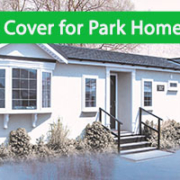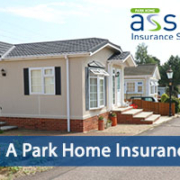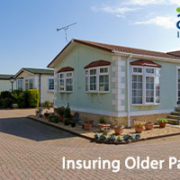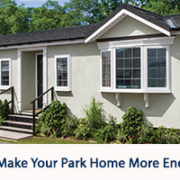Being relaxed and secure as you enjoy life is made easier if you know you have done all you can in terms of fire safety in your park home. Park homes are not bricks and mortar and so fire precautions in park homes take a little extra thought.
Park Home Assist have become one of the first Park Home Insurers to assist park home owners who struggle to obtain flood cover for their park home when their property may be in a flood risk area.
There is often speculation following a recent budget about inheritance tax. If you want to protect your park home as an asset or a home to pass on to your loved ones, this quick guide to inheritance tax and park homes should help.
The inheritance rules for park homes are different from a ‘bricks and mortar’ house and are worth getting to know for your peace of mind. If you have lost someone and are worried about your own future and the future of your park home this guide is designed to help.
Regular external park home maintenance is needed to ensure your home is pleasant and secure to live in. Good external park home maintenance will reduce the need for and the cost of repairs.
Are you curious about park home living and want to know more? Here are five frequently asked questions about park home living.
The true test of any insurance policy is when you need to make a claim, so choosing an award-winning park home insurance specialist will give you the confidence you need, should you have to make a claim.
Park home insurance is very different to insurance for typical bricks and mortar homes and the claims that we receive are different too. Here are five of our most common claims.
If you live in an older park home, you may have found it difficult to get good value park home insurance, however, at Park Home Assist, we welcome enquiries from people living in older park homes and don’t place any restrictions on the age of the homes that we insure.
If you own your own park home on a residential site in England, you could benefit from a new government scheme to make your home more energy efficient.
Company
Insurance Services
- Park Home Insurance
- General Insurance Tips & Advice For Park Home Insurance
- Mobile Home Insurance
- Holiday Lodge Insurance
- Park Home Owner Car Insurance
- Motorhome Insurance
- Static Caravan Insurance
- Floating Home Insurance
- Boat Insurance
- Touring Caravan Insurance
- Holiday Home Insurance
- Making a claim
- UK Park home insurance
- FloodRe











